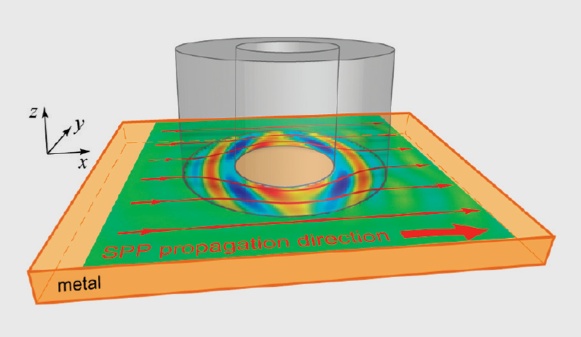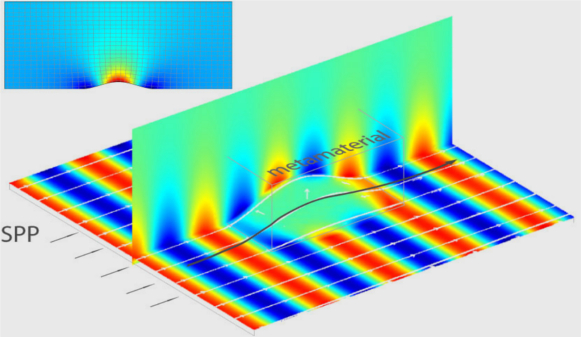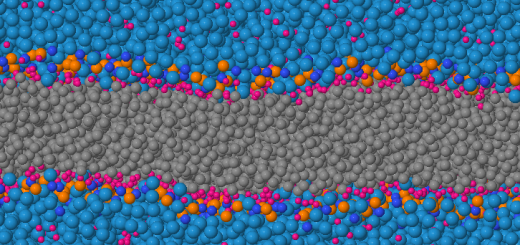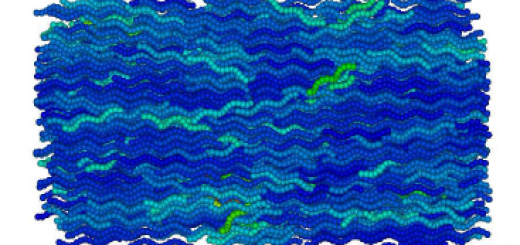Quantum and Nonlinear Phenomena in Plasmonics
Funding agency: Spanish Ministry of Science and Innovation
Duration: January 2012-December 2014
Principal Investigator: Francisco J. Garcia-Vidal
Description:
We study from a theoretical perspective several electromagnetic phenomena that appear in structured metals.
More precisely, we address the following topics: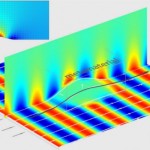
- Study of extraordinary optical transmission through apertures in the presence of resonant molecular systems: strong coupling between molecules and plasmons, and analysis of the yet unexplained the transmission resonance induced by the molecular absorption band.
- Metallic metamaterials: exploration of the geometrical impedance concept in the optical regime, and study of whether added non-linear materials can reduce absorption losses.
- Optimization of SP based optical devices, as hole arrays for use in IR absorption spectroscopy, and apertures flanked by surface corrugations for miniaturized detectors.
- Exploration of the transferability of plasmonic phenomena to sound waves.
- Graphene plasmonics: study of the optical properties of graphene, especially those related to the bound electromagnetic modes that this material supports.
- Non-linear phenomena and lasing: study of the optical effect associated to the intrinsic non-linear response of metals, and development of theoretical framework to treat simultaneously the dynamic of optical-gain materials and the electromagnetic field in plasmonic structures, for its application to pumped systems, solitons in waveguides and lasing in metallo-dielectric systems showing strong field enhancement.
- Transformation optics for plasmonics and its application to the study of non-local effects.
- Quantum plasmonics: tailoring effective interactions between quantum emitters via surface plasmons, study of the quantum noise of surface plasmons under excitation with non-classical fields and ways to generate single plasmons and entangled pairs.

